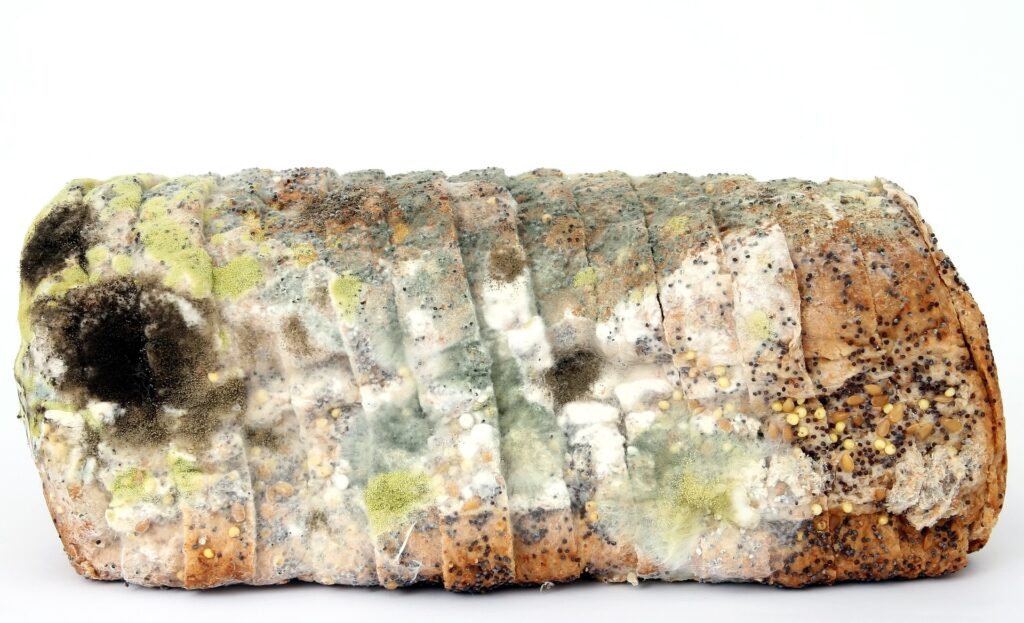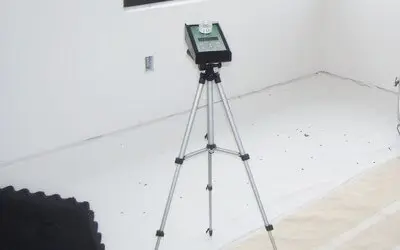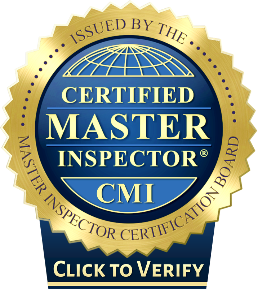Having a home inspector perform a mold screening during a home inspection is a good idea for several reasons:
- Identifies potential health risks: Mold can cause a range of health problems, such as allergies, respiratory issues, and headaches. A mold screening can help identify if there is an elevated mold spore count present in your home, and if so, what type of mold it is.
- Detects hidden mold: Mold can grow in hidden places, such as behind walls or in the attic, and may not be easily visible. A mold screening can help detect hidden mold and ensure that it is addressed.
- Provides peace of mind: Knowing if mold is present in your home can give you peace of mind and allow you to take action to remove it and reduce your exposure if necessary.
- Protects your investment: By having a mold screening performed, you can protect your investment by ensuring that your home is safe and healthy.
- Increases home value: If the home inspector finds mold in the home, the homeowner may take steps to remove it, which can increase the value of the home.
It’s important to note that not all home inspectors are qualified to perform mold screenings, so it’s a good idea to ask your home inspector about their policy on mold testing, and to request that a mold screening be included as part of the inspection if it’s not already included. Having a mold screening performed can give you valuable information about the health and safety of your potential new home.
Hopefully, this is the only moldy thing in the house

Non-viable mold testing
Non-viable testing can be performed with a slit impaction sampler. Popular examples are the Zefon Air-O-Cell or Allergenco-D Air Monitoring cassettes. These are small plastic cassettes with a narrow opening and a sticky surface inside. The mold spores are drawn through the slit and impact the sticky surface. After the samples are collected, the lab opens the cassette and reviews the slide surface with a microscope. The laboratory can identify the number of spores and the genus, but not the species.

Viable samples are important when trying to determine if mold is actively growing in a particular area and can provide a species level analysis. This is especially important when there is a need to draw a correlation between mold growing in a specific area and elevated mold spores in the air, or when testing areas with severely immunocompromised patients.
However, viable sampling has its drawbacks, including the limited number of mold spores that can be measured and the higher cost and longer processing time compared to non-viable sampling. Non-viable sampling can still provide valuable information about the presence of mold and the overall concentration of mold spores in a particular area, making it a more cost-effective and practical choice in most situations.
It’s important to note that both viable and non-viable sampling have their place in mold testing and that the choice of sampling method should be based on the specific needs and circumstances of each situation. A qualified mold inspector can help determine the best sampling strategy based on the specific needs of the property being tested.
PRICING
Most companies charge a base inspection fee of $175-350, plus an additional per sample fee of $95-145. The main variable in the pricing is not the per unit cost but the number of samples they recommend. This is where pricing can get out of hand quickly. Some companies greatly exceed the necessary sampling and will gladly sell you on the importance of a dozen samples for your 800 square foot apartment. This pricing is for non-viable air samples. Specialty samples like cultured/viable samples will cost considerably more. Lastly, it’s important to remember that mold sampling is not an exact science, and results should be regarded as a possible indicator of an issue requiring further investigation.
